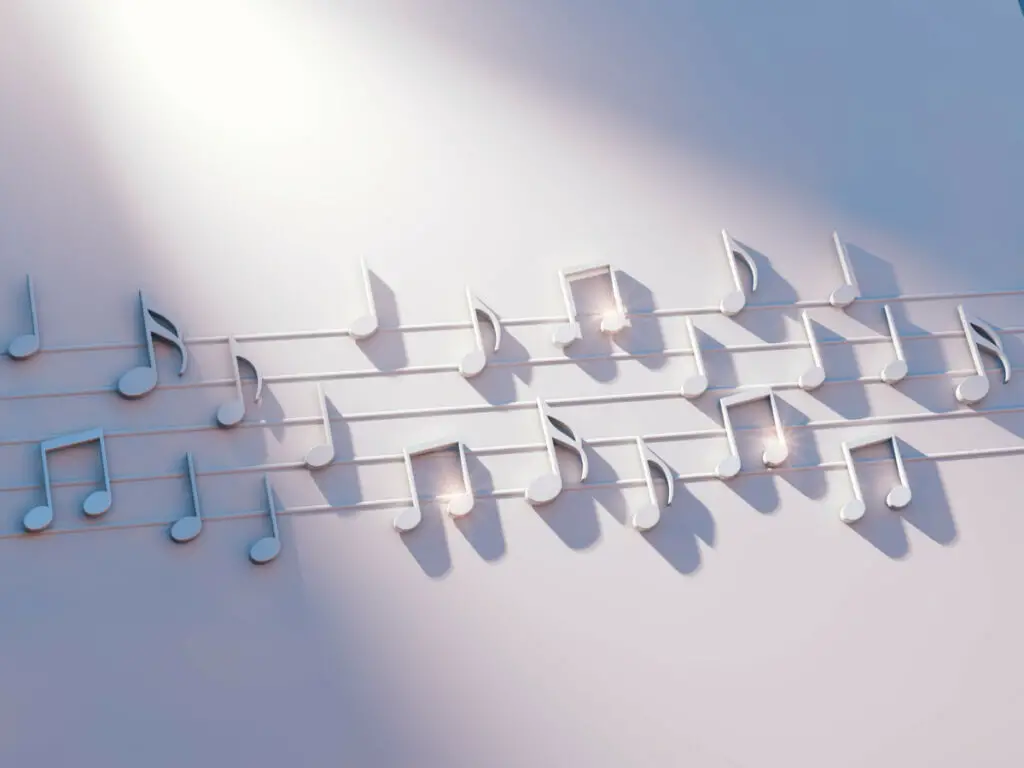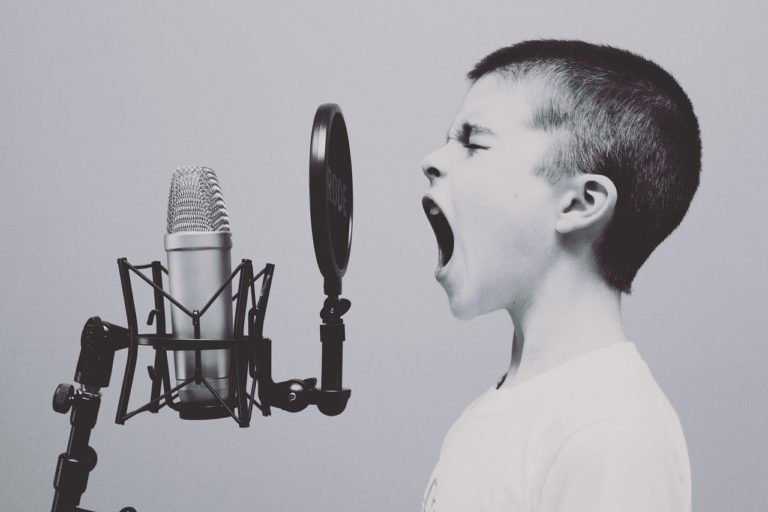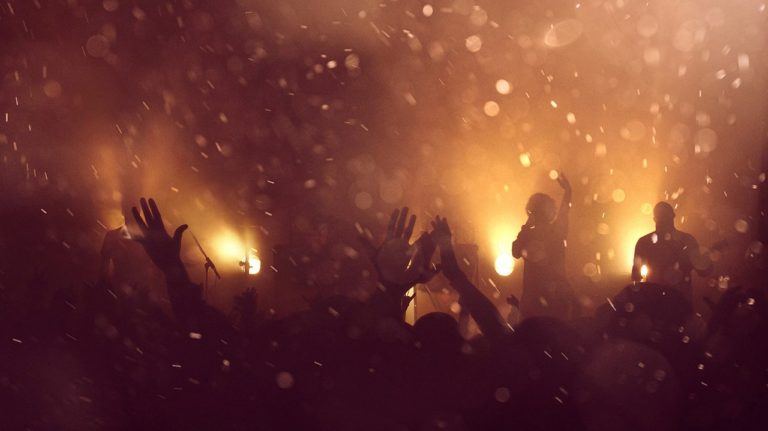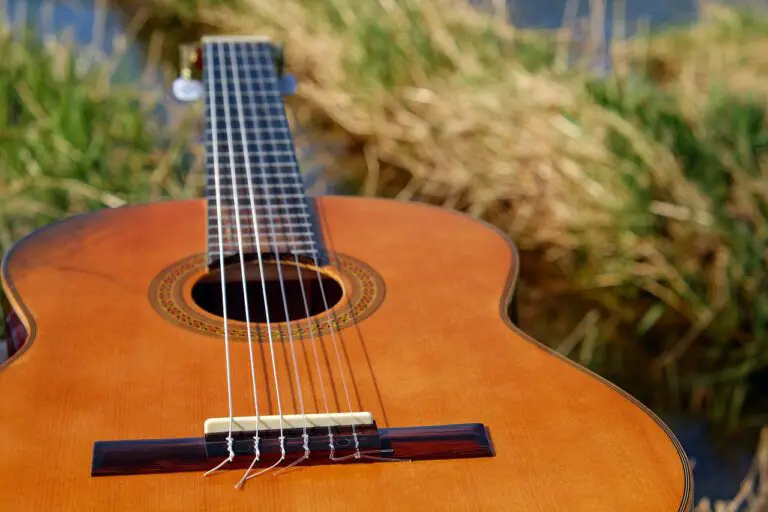Hook vs Chorus – How Do They Differ?

A chorus can be a hook, but a hook doesn’t have to be a chorus. There is often a lot of confusion involving a hook and chorus. Some people believe they are synonyms, but there is a distinct difference between them. But what differs between a hook and a chorus?
A hook is used in multiple song parts to capture the listener’s attention. A chorus is a line of music repeated throughout the song. A hook may or may not be used multiple times in a song, while the chorus is the climax of the song that is most remembered.
Hooks and chorus are vital to a song and its success in the industry. Yet, just knowing the basic idea of a hook and chorus doesn’t mean you will know how to make or identify them in music. Let’s discuss hooks and chorus lines.
What is a Hook?
A hook in music is a part of the music that captures the listener’s interest. This is the only requirement, as a hook can be anything interesting about a song. They are often short and catchy.
It might help to think of it like a hook in a book or another piece of literature. You put a hook in literature to get people reading. This is like a catchy hook you find during a song’s intro.
Hooks are also found throughout the song to keep people’s ears “hooked.”
Hooks can be repetitive and used numerous times throughout the music. You can also “wake” the listener from their stupor with a strong musical choice. Some examples are shocking to the listener, like drastically changing the sound, tempo, or intonation.
One hook you hear in many songs: a bass drop. It wakes people up, signals a massive tempo change, and tells listeners the music is about to pick up.
Listeners should be able to identify a song through the placement of hooks. For example, if you can recognize a certain beat to a song without hearing the words, you are picking up on the song’s main hook. If you get a line stuck in your head, you’ve likely found another hook in a song.
Five Examples of Different Types of Hooks
1. Instrumental hooks
Instrumental hooks are entire instrumental sections in music. “Stairway to Heaven” is a great example of this, as it’s an unforgettable guitar riff that brings people in. A guitar solo is the most recognizable type of instrumental hook.
2. Melodic & rhythmic hooks
Hooks that connect to the music often connect to the melody or the rhythm. This is what differentiates rhythmic or melodic hooks.
Hooks connected to the rhythm are those connected to a strong, repetitive pattern. They are tricky to spot because good rhythms don’t often stick out. Jazz music often uses a strong catchy rhythm.
Because a melody is a combination of pleasing musical instruments or tones, melodic hooks are everything else. The sudden vocal shift in “Killer Queen” by Queen is a great example of a catchy melody. It’s also a powerful vocal melody.
3. Lyrical hooks
Lyrical hooks follow the same rules as melodic and rhythmic hooks; only the instrument is your mouth. There’s a lot of popular music with strong lyrical hooks.
Lyrical hooks have the unique position of making strong statements. The sudden tonal change in Eminem’s “Mockingbird” is a great example of a memorable hook for your lyrics.
4. Intro hooks
Intro hooks are (you guessed it) those in the intro. Because they are found in the intro, they can be long and drawn out or quick and sudden.
One of the most memorable introductions in classic rock is “Money for Nothing” by Dire Straits. The long intro creates an epic introduction that suddenly shifts to an incredibly cool guitar riff.
5. Creative hooks
Take a moment to listen to “Lost Keys (Blame Hoffman)” by Tool. Is it really music? I don’t know! But it’s certainly a creative album-wide hook.
Hooks can be anything in the audio medium. The sky is the limit! The genre of music known as “Fartstep” is a hook by itself. The concept’s absurdity means people can’t look away, like the musical version of a car accident.
The point is this: song hooks can cover literally anything. Anything that doesn’t fall into the common hooks is a bit creative.
How to Write a Good Hook
For most hooks, looking for a catchy chord progression and rhythm is the best place to start. Good music is a hook by itself.
There are many common chords that musicians enjoy using, such as C Major, G Major, A Minor, and E Minor. However, don’t let these chords limit you! The Beatles became popular by breaking what was previously considered “the rules of music.” A catchy chord progression should be short and easy to repeat throughout a song.
The next step is to add a complimentary bass line and percussion section. This part of the music can and likely would be best to have last for almost all of the song (except for the chorus). After this, you can place the catchy chord progression on the bass and percussion section.
Another option that might be worth considering is repeating a word, phrase, or title of a song on top of the rhythm. This adds more repetition and can help the listener find the song later on a streaming platform.
If you create a great hook, you will likely have a great base to put your lyrics and additional hooks onto later. Try anything and use the examples above for inspiration.
What is a Chorus?

A chorus is the repeated part of a song heard after each verse. Choruses can be any length, but most of them last for a total of eight bars.
Many people consider the chorus as the heart and soul of the song. Ultimately, the singer wants the listeners to hear the climax of the story. Choruses often establish the song’s tone, mood, and idea or theme.
Choruses of a song are commonly used to break a song into different acts, especially if the song has a narrative. They are typically repeated after verses and are the strongest hook in a song.
Choruses can also get weird.
For example, you can have a pre-chorus that builds energy before reaching the chorus. This happens if you think a chorus is a bit too short.
You can also have more than one chorus.
A double chorus is when two different parts of the chorus are placed together back-to-back. Usually, a double chorus is a call and response, where they link together but are not identical.
Regardless of the weirdness, a chorus is considered by many to be the beginning of your building blocks for making music. Popular songs are often best known for their memorable choruses.
How to Write a Chorus
When writing a chorus, there are a few different things to consider. The first thing to consider is that the chorus is meant to be the song’s main point. It is meant to help clarify and put context around your verses. It helps the listener understand the narrative or experience the song conveys.
To write a chorus, start by writing down a few different phrases that portray the message of your song and test them out! Listening to other songs and pinning down what makes their chorus’ strong can also be a great way to gather ideas.
An Example of How a Chorus Works
A chorus is meant to be catchy and hard to forget. Pop music is full of memorable choruses, some of which are impossible to forget.
Let’s look at one such example you might want to forget: Rebecca Black’s “Friday.” Despite its universal hatred by most people, it’s a great lesson of how choruses are supposed to work.
They stick in your head, despite all your work against them. The repetitive nature of choruses makes them stick in your head, so you hum the tune throughout the day.
An entire composition rarely sticks in your head (unless it’s something special). The chorus is meant to keep the song “top of mind.” Despite the universal hate behind the song, it was catchy.
Hooks vs Chorus: What are the Differences?
The main difference between choruses and hooks: songs only have one chorus but could have multiple hooks. A good chorus can be a strong hook, but a good hook doesn’t have to be a chorus.
Both choruses and musical hooks are used to draw the listener into the music.
The hook draws the listener into the music at the start. It also doesn’t have to be a string of words or phrases. Hooks can be chords, notes, a tempo, and much more. Hooks are also (usually) short and succinct.
A chorus is known for being one of the catchiest parts of the song. The chorus tends to show up at least two times in the song and is around eight bars long.
A chorus is the part of the song that tells a story, breaks up acts, and answers questions from the beginning of the song or in previous verses. The chorus doesn’t change during a song, but the hook can change anytime.
Now that you know a lot about hooks and chorus’, you are prepared to start writing music.








